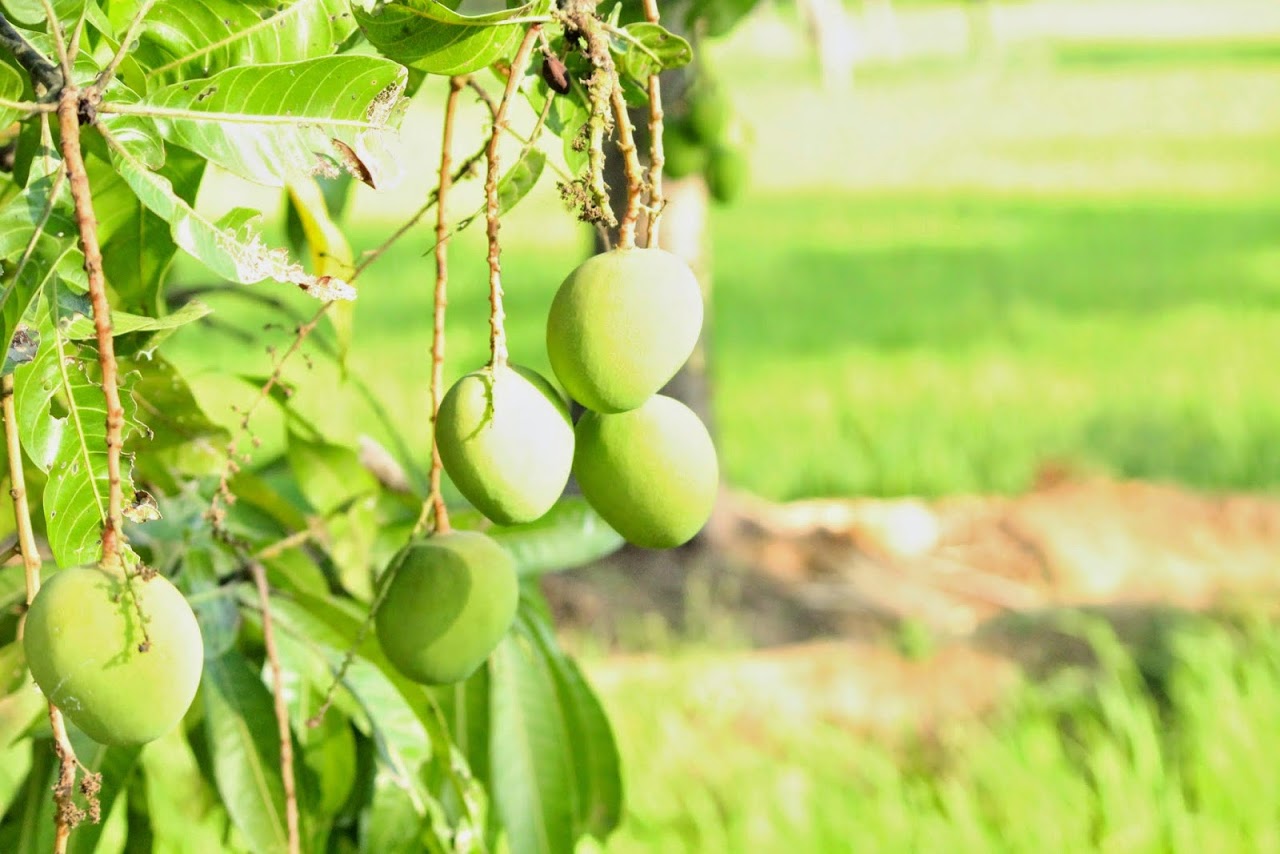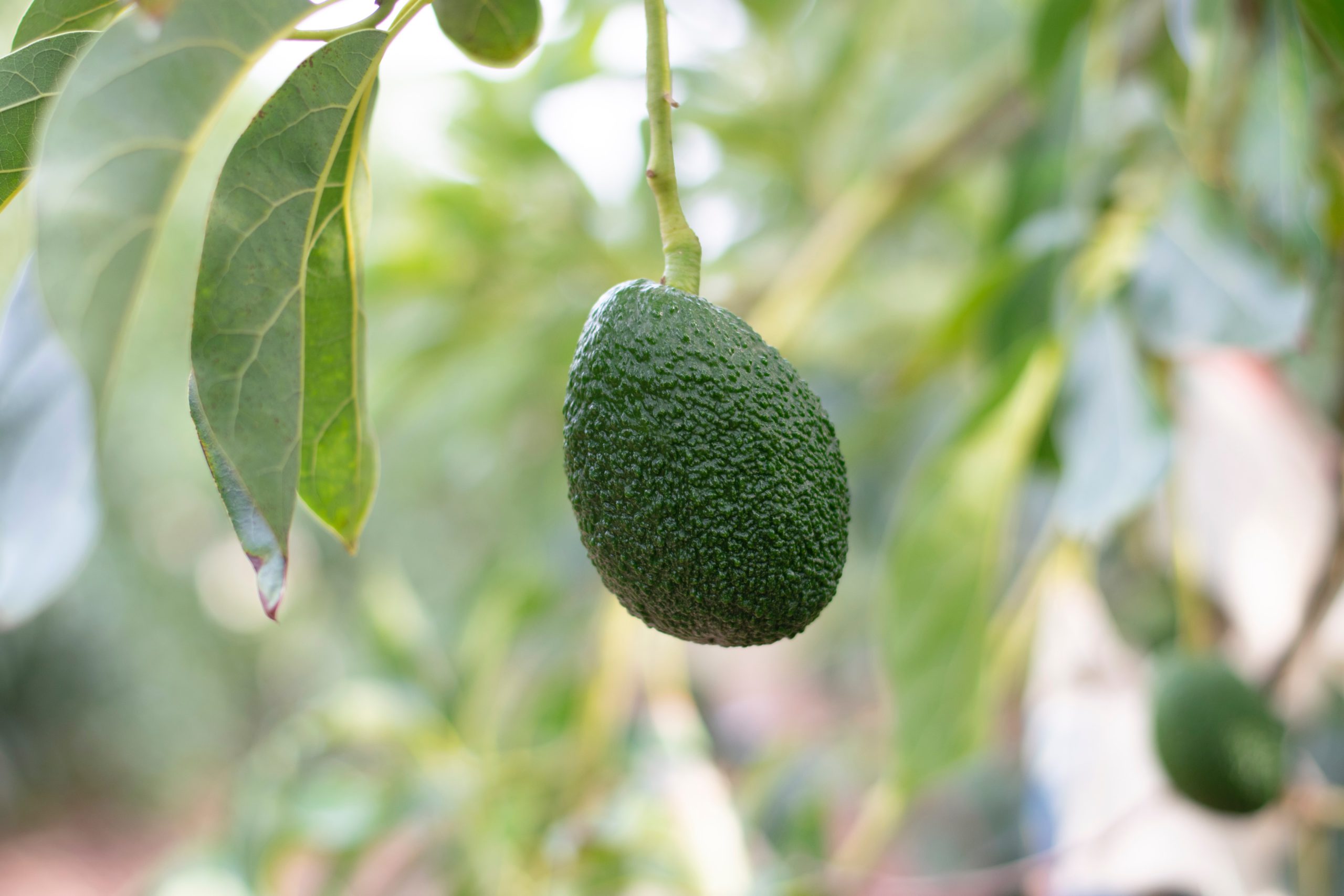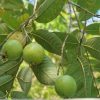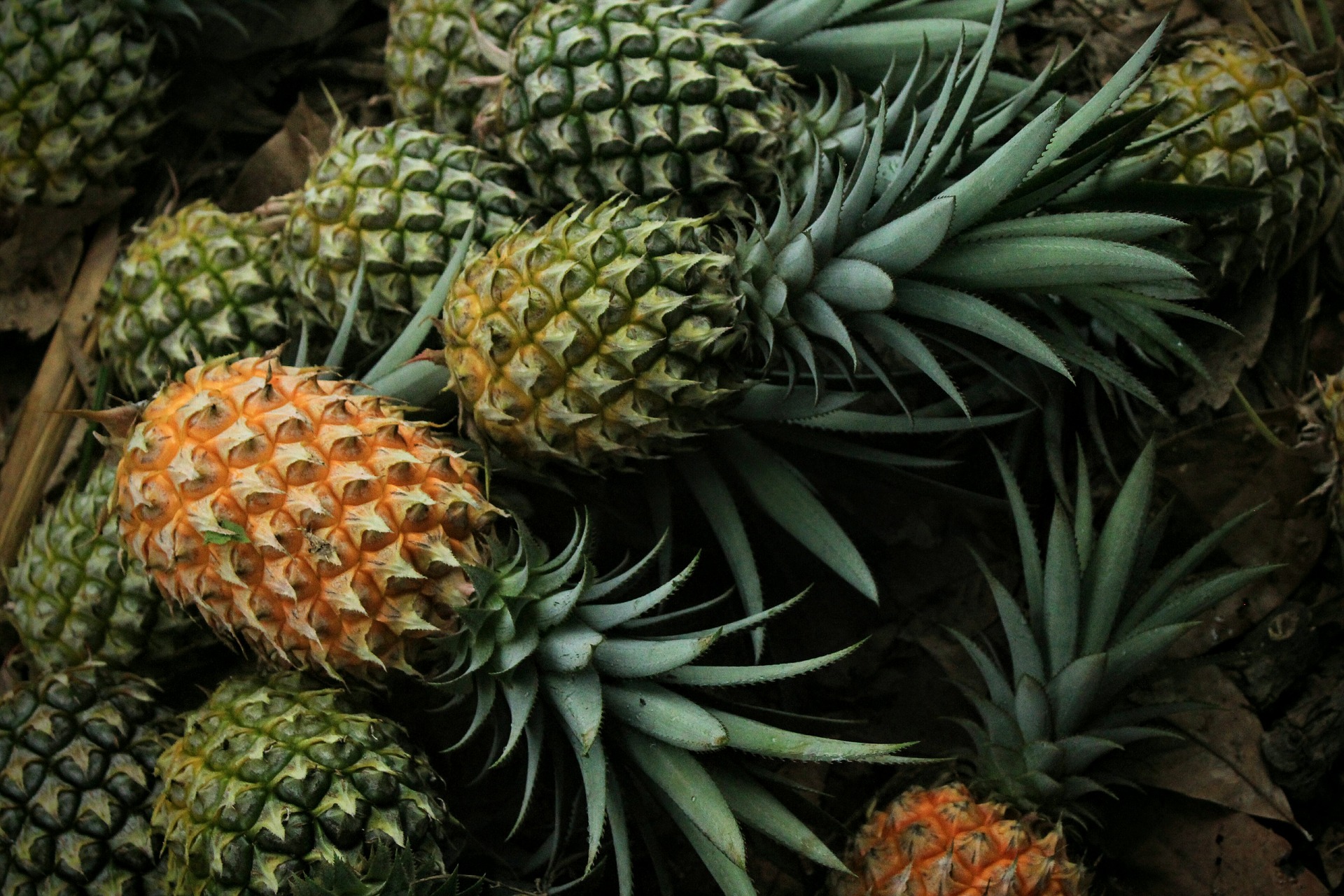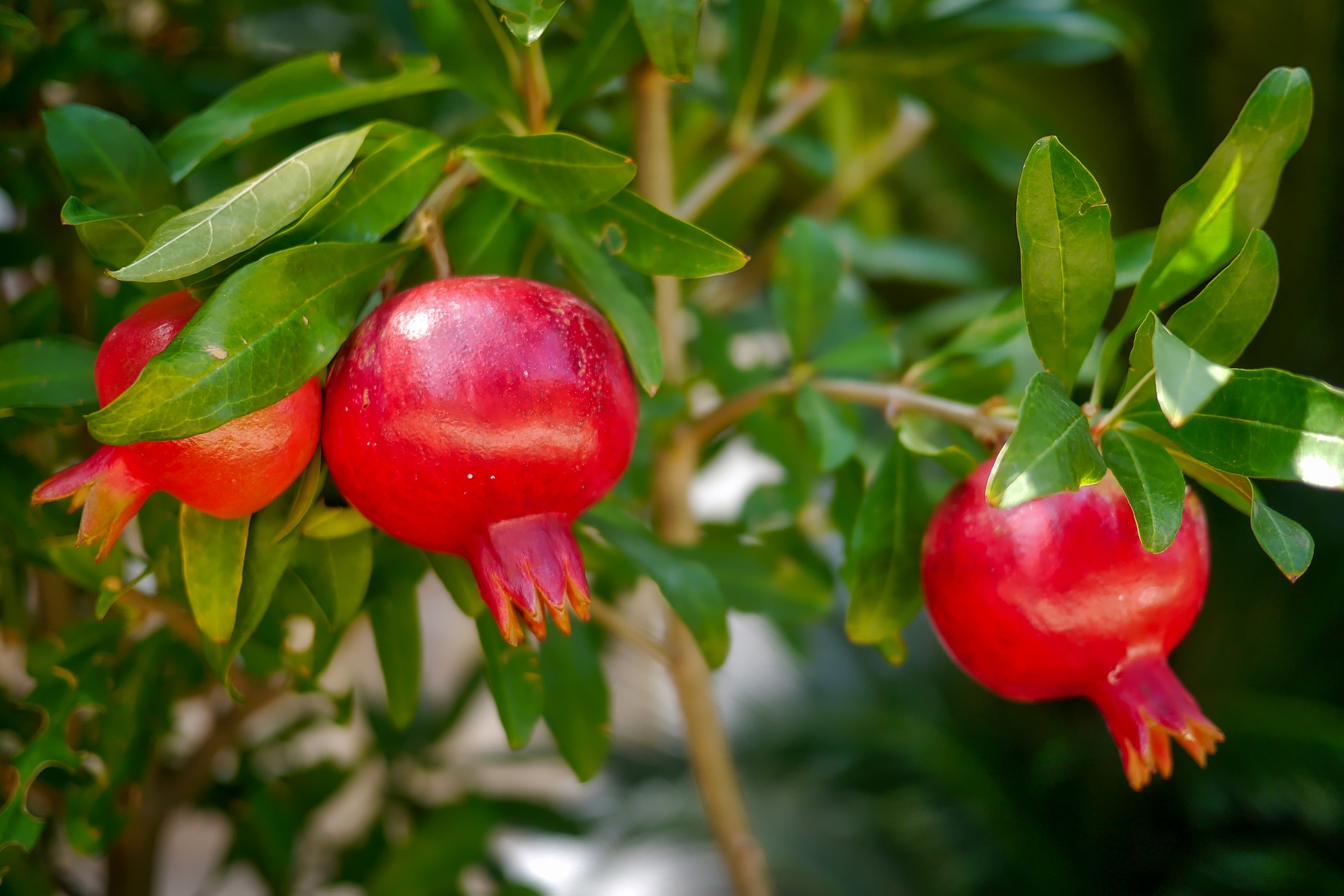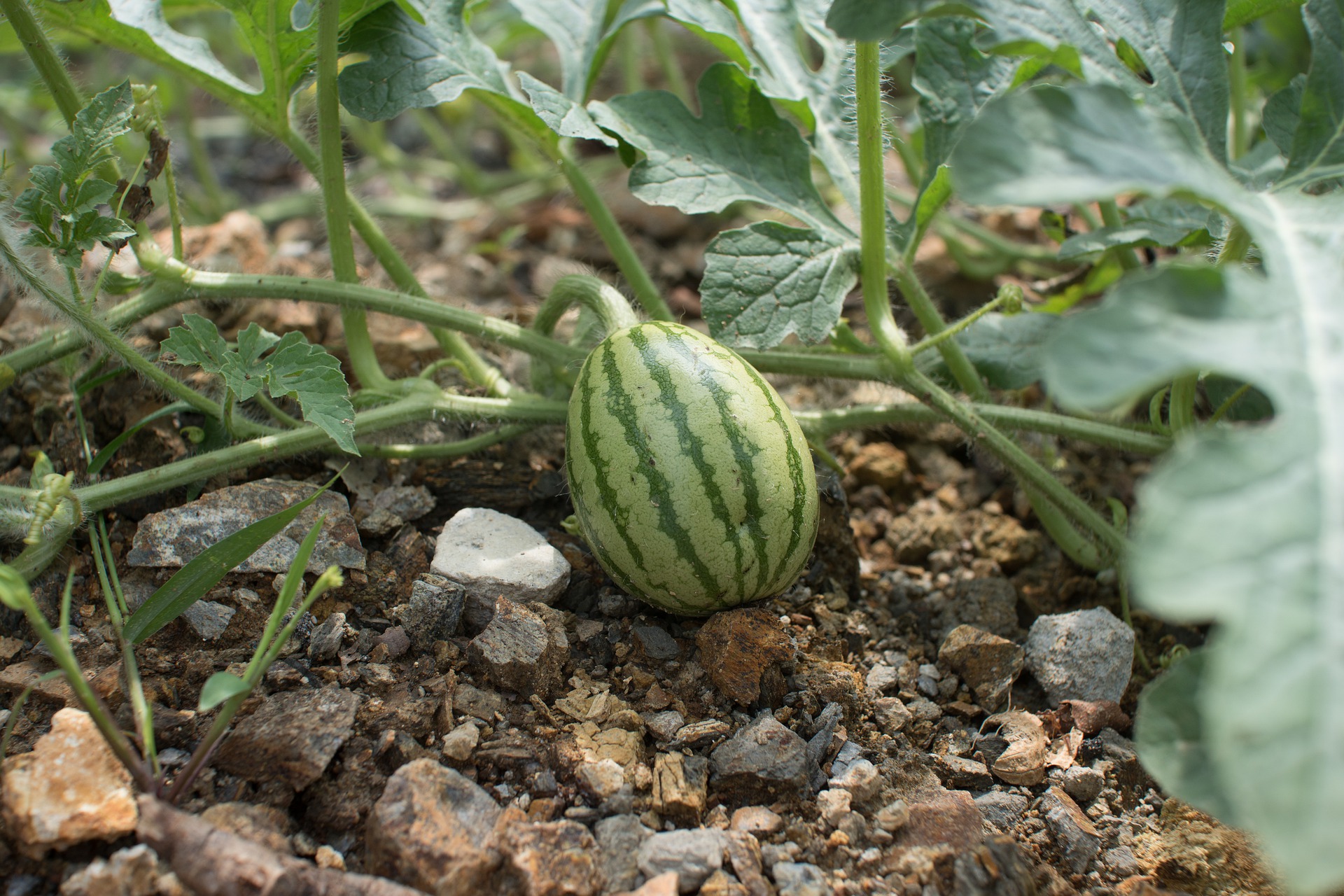Your cart is currently empty!
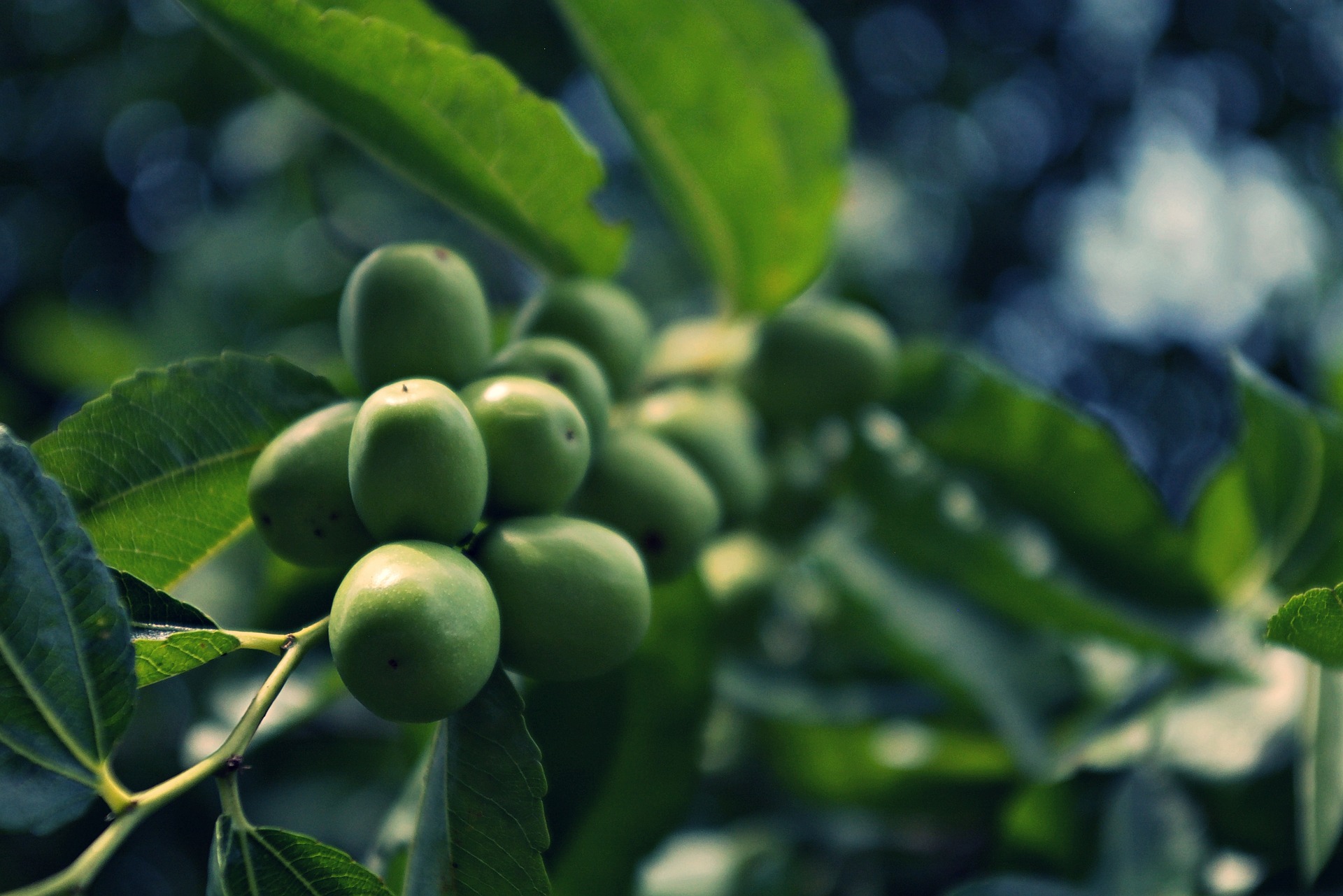
Apple Ber – Indian Jujube Cultivation & farming in India
Among the most profitable crops in India with very limited maintenance and work is the Indian Jujube, commonly referred to as the apple ber. Priced at Rs.20 retail and going up to 50 Rs a Kilo, the Apple Ber is a crop that bears profusely. Cultivated in arid lands with limited irrigation and poor soil condition the apple ber is a highly profitable crop with each plant bearing up to 100 Kilos of fruits. An acre of apple ber has the potential of 2 Lakh rupees worth of yield even with the most nominal price.
Though the Fruit is relatively old, the hybrid varieties which have a more flesh-to-seed ratio are new. The traditional Jujube fruit which was available in India has a different and distinctive taste, not to mention a strong odor. The variety cultivated commercially is different from the normal ber available in India. The Apple Ber cultivated commercially has a size of a small apple and is often mistaken for a small Green apple at first look. The taste is crisp and sweet with a slight tart.
Commercially, two varieties of apple ber are cultivated in India. They are The Kashmiri Apple ber, which has a red tinge to the fruit, and the Green apple ber which is completely green with a slight yellow tinge when ripe. Both the fruits are well appreciated in the Indian market. The green apple ber is more common as it was released in 2010. The Kashmiri Apple ber was released in 2019 and is relatively new to the market.
- Climate for Cultivation: Apple Ber grows best in hot arid weather with a short monsoon. Best suited for areas like Gujarat, Rajasthan, parts of Tamil Nadu, Andhra, and Karnataka, among others. The weather should be hot and dry with winters and moderate rainfall. The plant does not tolerate frost though it will survive cold weather and go into dormancy. Excessive rains could cause root rot and fungal diseases.
- Ideal Soil for Cultivation: The primary reason why apple ber is catching on so fast is because of its tolerance to soil conditions and weather. Apple ber can be grown on almost any kind of soil. Sandy loam, black cotton soil, or clay soil are all welcome. Avoid water stagnation for apple ber, though it can tolerate a bit of flooded condition. Saline soil is not recommended.
- Varieties of Apple ber: The ber, commonly known as jujube is available in India and is a thorny plant. Its also referred to as the coconut ber. The plants are thorny and have a low yield. These plants are rarely cultivated commercially. The commercial varieties which are commonly grown include the green apple ber and the Kashmiri Apple ber.
- Propagation: Propagation of apple ber is from cuttings or seeds of desi ber plants and then grafted with high-quality apple ber buds. Parent plant cutting should be at least the thickness of a pencil and should be grown in a nursery till the buds are developed.
- Season: the best season to plant Apple ber plants are pre-monsoon. The plants will fruit within a year and the monsoon water alone is sufficient for the development of the plants. Plants should be watered scarcely throughout summer and sufficient water should be provided during fruiting.
- Land Preparation: Land preparation is simple. There is no need for excessive basal application of fertilizer. Application of FYM is not mandatory but is preferred. The land should be plowed twice and cleaned from weeds. Water drainage should be provided sufficiently and no water stagnation should be allowed.
- Intercropping: Intercropping of other plants in a ber farm is not possible. Apple ber plants grow wild and very fast. Managing them and trailing them is very hard and possibilities are limited. ITs advised that no intercropping be done in an apple ber farm.
- Planting, Spacing, and Density: Approximately 400 plants can be accommodated in an acre of land. The spacing of 10 feet by 10 feet is required for planting apple ber. The plants do grow uncontrollably in all directions and cannot be predicted. While pruning is done every year, the plants cannot be shaped to the need of farmers. Allowing the plants to grow at their own will, maintaining only the thickest 4 stems from the base is key for good production and higher quality of fruits.
- Irrigation: Apple ber REquires minimal irrigation. During the monsoon, it’s important to drain all water from the land and prevent waterlogging. During summer, irrigation is to be provided scarcely… Water requirements for Apple ber are minimal and during summer, 15 minutes of irrigation twice a week through drip irrigation is sufficient. Drip irrigation will save a lot of water, especially for areas where water scarcity is a problem.
- Fertilizers: No fertilizers are required for apple ber. Application of FYM or compost once a year, pre-monsoon should be sufficient for the growth of the plants and fruiting of the plant. Application of NPK is done by some farmers and the results are good but there are problems of excessive fruiting which results in stem breaking. Thinning of fruits may be required if fertilized.
- Pests: Apple ber though hardy is susceptible to a few pests. the most common diseases are moths, fruitflies, and borers. Fruit fly infestation can cause poor quality fruits and worms or maggots in fruits. This can be controlled by the application of related pesticides and insecticides during fruiting seasons. Other common problems are bark-eating caterpillars for which there are pesticides too.
- Diseases: Diseases on the other hand are rare in apple ber. The plant is hardy and can withstand the most common problems. No viruses or other diseases are found in apple ber.
- Training and Pruning: Pruning is done once a year and usually a month before the monsoon. In most states, it is done in April or May when the monsoon commences in June. The plants are hard pruned with only 1 foot of the plant left above ground. Apple ber plants only produce fruits on new shoots. It is important to have as many new shoots as possible from the plant and thus, hard pruning is the most effective. Training is done on branches that fall on the ground. Support is provided with bamboo stalks or sticks to support the plant from falling to the ground when and where possible. With the plant growing profusely, and without control, it is not possible to train plants in commercial cultivation.
- Plant Protection: Young plants are to be protected from herding animals like goats cows and camels. There is no special protection needed during most periods of the year but the monsoons and the fruiting season.
- Harvesting: While most crops are labor-intensive, the apple ber plant is one of the least labor-intensive crops farmers can grow. Apart from the planting, there is minimal maintenance required. The plants are pruned once a year and harvesting is the only other time where laborers are required. Unlike normal ber, the plants of the apple ber do not have thorns. There is no inconvenience for the laborers and the picking is quite fast.
- POST-HARVEST: After harvesting the fruits, they are washed and transported directly to the nearest market. There is no process specific for the post-harvest of apple ber.
- Yield: When it comes to production, the apple ber plant gives in abundance. From the first year, the production of the apple ber fruits begin. In the first year, a plant is capable of yielding up to 20 Kilos with an average of 10 Kilos per plant. From the second year onwards the yield per plant is approximately 100 Kilos per plant. With 400 plants per acre, a potential of 40 Tonnes of apple ber can be harvested per year per acre.
- area of cultivation: The apple ber is best suited for arid climatic conditions. Areas of Tamil Nadu, Karnataka, Andhra, Maharashtra, Gujarat, Rajasthan, Uttar Pradesh, and many others are well suited for apple er. Though the plant can tolerate temperature from 3 degrees celsius to 45 degrees celsius, it’s best for areas that are hotter than colder.
- Market information: Currently the apple ber is in high demand. People know the fruit and appreciate its value too. With mediocre production, the price for the fruit is decent at 20 rs per kilo. This will possibly change if the market is flooded with overproduction. At least it is safe to say that the prices will remain the same for the next few years.
Expenses for Apple Ber cultivation
| Land Preparation | 20,000 |
| Fertilizers and Manure | 20,000 |
| Irrigation Setup | 50,000 |
| Cost of Plants | 16000 |
| Labour for planting | 15000 |
| Weeding | 25000 |
| Pruning after the first year | 15000 |
| Pesticides | 5000 |
| Total Expense | 1,76,000 |
Apple ber Yield and Profit per acre First Year to 3rd year
| Yield per acre | Total Revenue | Profit | |
| Year 1 | 4,000 KG | 40,000 | -136000 |
| Year 2 | 40,000 KG | 400000 | 244,000 |
| Year 3 | 40,000 KG | 400000 | 3,80,000 |
While the retail price of Apple ber is approximately 20 Rs per Kilo, we have only set the price to be 10 Rs per KG. The expenses are set a bit high for cultivation too. Even with elevated expenses and minimal revenue, there is a possibility of covering all expenses in the second year. In most cases, the profit starts coming in the second year, with the break-even on the first year itself. It is possible to take a yield of approximately 40 tonnes of apple ber per acre every year from the second year onwards and the only expenses are pruning and pesticide application. With Drip irrigation, the water resource is also not a major problem.
Recent Categories
Recent Posts
Post Archive
Category Tags
There’s no content to show here yet.
